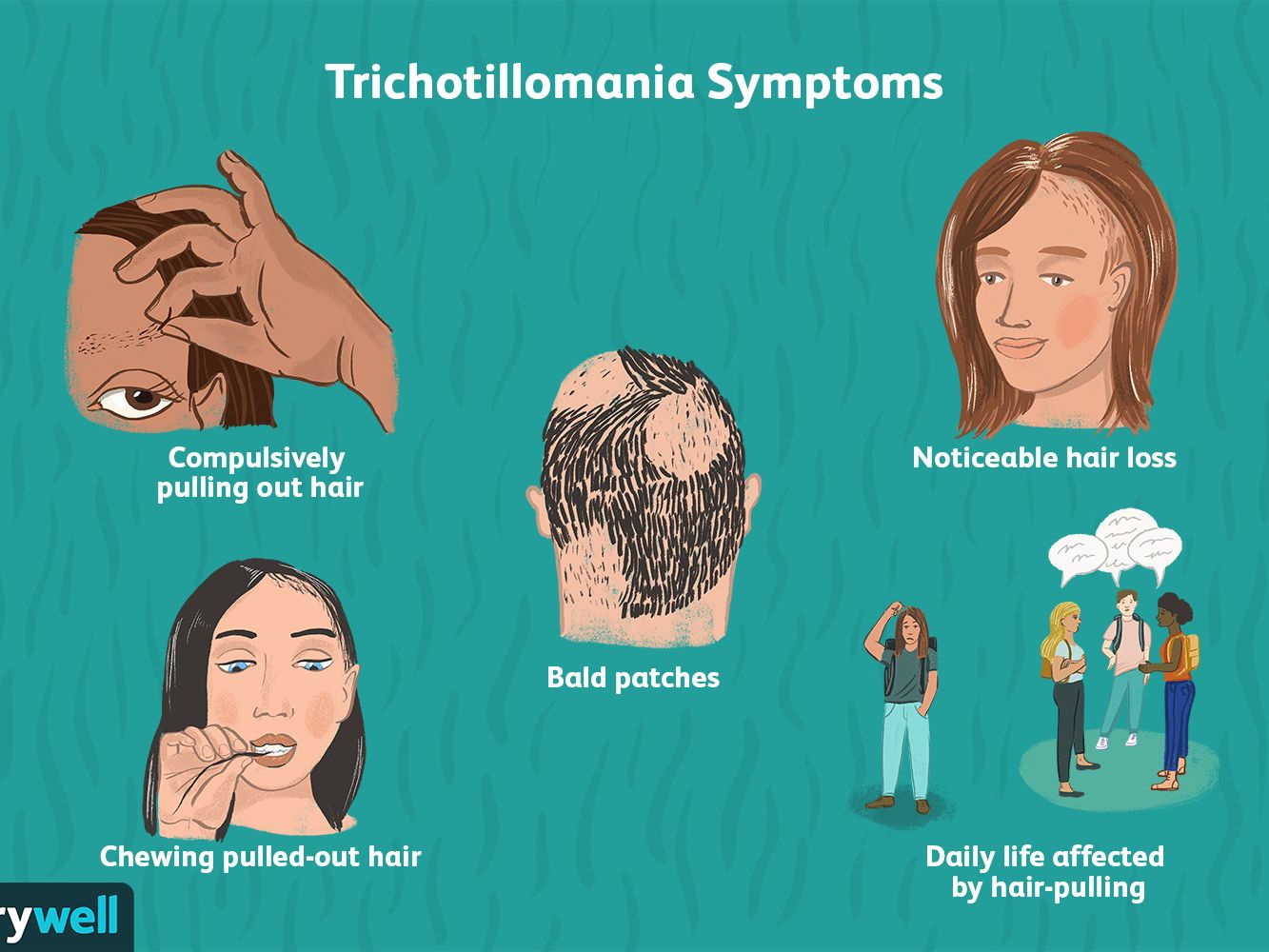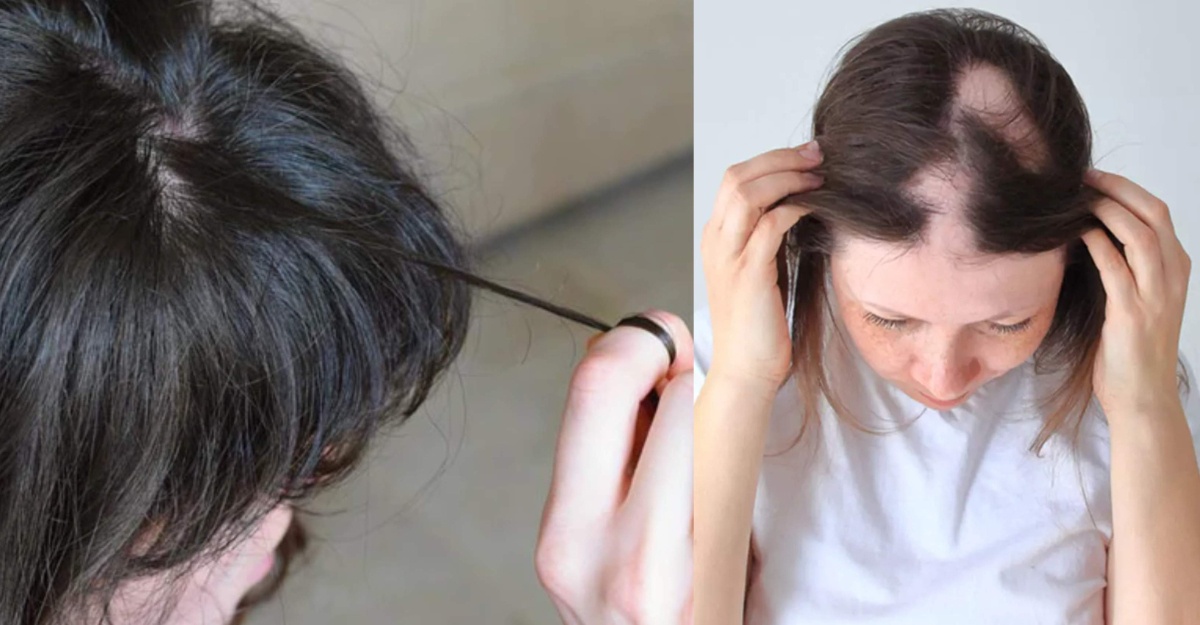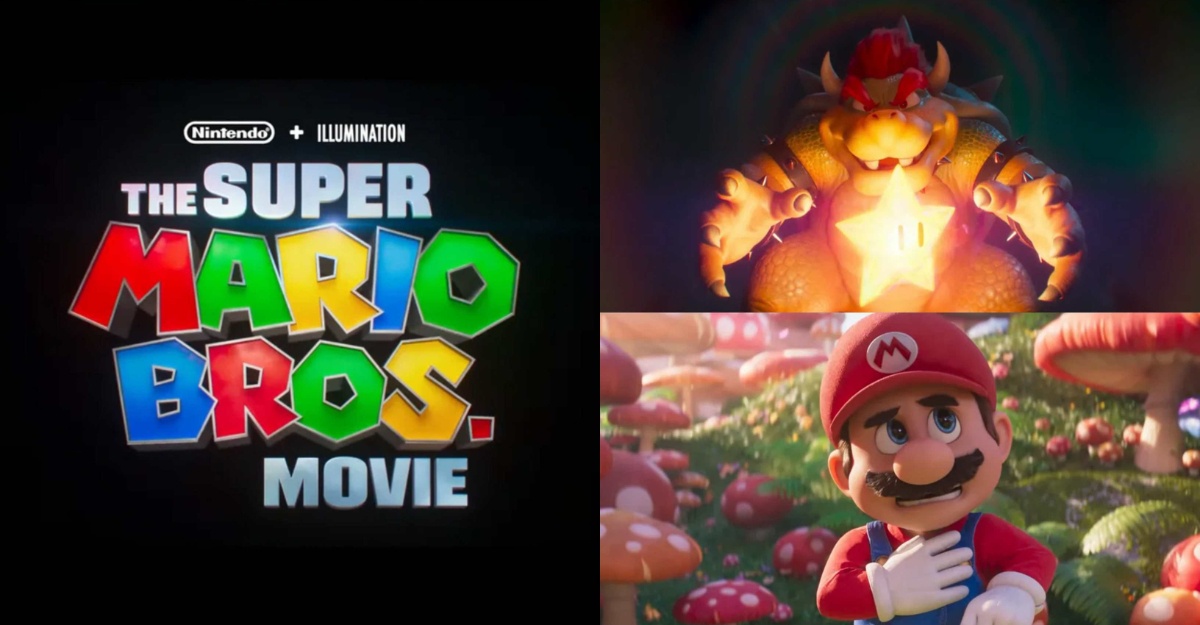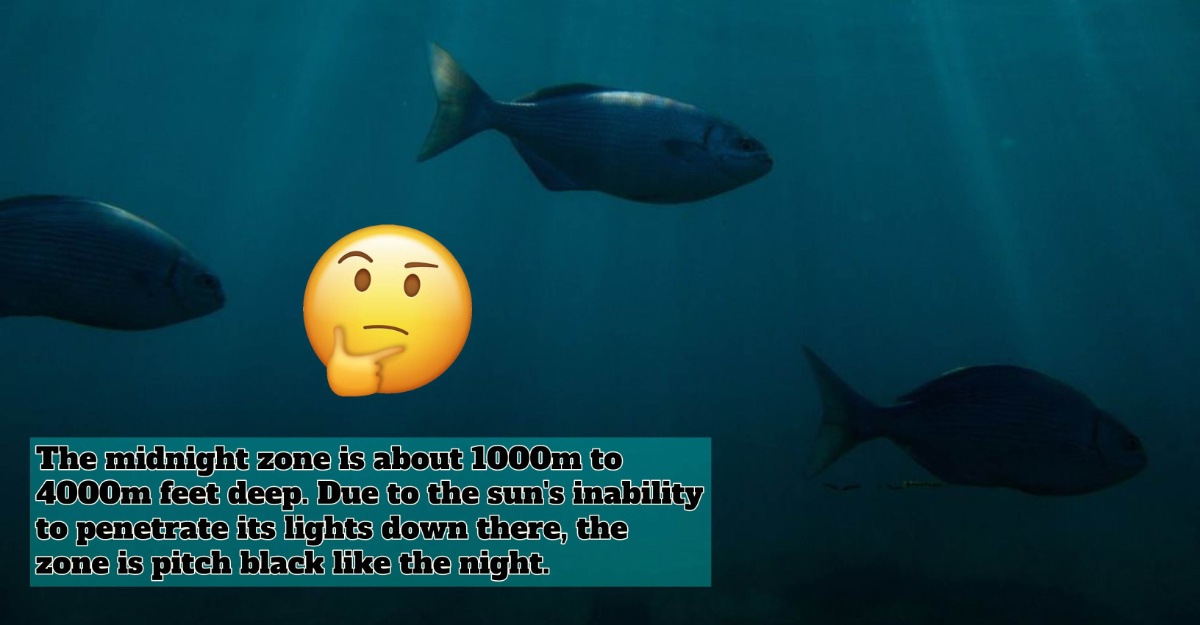Are you addicted to pulling out your hair? If yes, you might have a hair pulling disorder known as Trichotillomania. For your information, Trichotillomania is a mental disorder.
People with Trichotillomania can’t stop themselves from pulling out their hair, usually from their scalp, eyelashes, and eyebrows. They are aware that they can do harm, but they frequently can’t control their impulse. When anxious, the person may pluck out their hair in an attempt to calm themselves.

Patches of baldness can be the result of pulling hair out of the scalp, which can be extremely upsetting and disruptive to a person’s ability to function in social or professional settings. Those who suffer from Trichotillomania may take extreme measures to hide their baldness from others.
Symptoms of Trichotillomania
Symptoms of Trichotillomania include:

- feeling anxious before pulling hair out or when trying to not pull hair out
- having a sense of relief, satisfaction, or pleasure after satisfying the urge to pull their hair
- bald patches where the hair has been pulled out
- hair-related actions like root-inspection, twisting, pulling, chewing or eating the hair
- problems in their work or social life due to hair pulling
- a preference for particular hair types or textures
The causes
It is unclear exactly what causes Trichotillomania. It might be:
- the individual’s method for managing stress or anxiety
- chemical imbalance comparable to obsessive compulsive disorder in the brain (OCD)
- hormone levels fluctuate during puberty
For some individuals, hair pulling can be an addiction. The more they rip off their hair, the more they desire to continue doing so.
Things individuals can try
When you feel the need to pull your hair out, you can try the following strategies that have helped others with Trichotillomania:
- use fidget toy
- squeeze a stress ball or similar object
- make a fist and tighten the muscles in that arm
- create a phrase that you will repeat until the impulse to pull is gone
- wear a bandana or tight fitting hat: beanie
- trim your hair
- put plasters on fingertips
Sources: NHS, Web MD, Mayo Clinic



